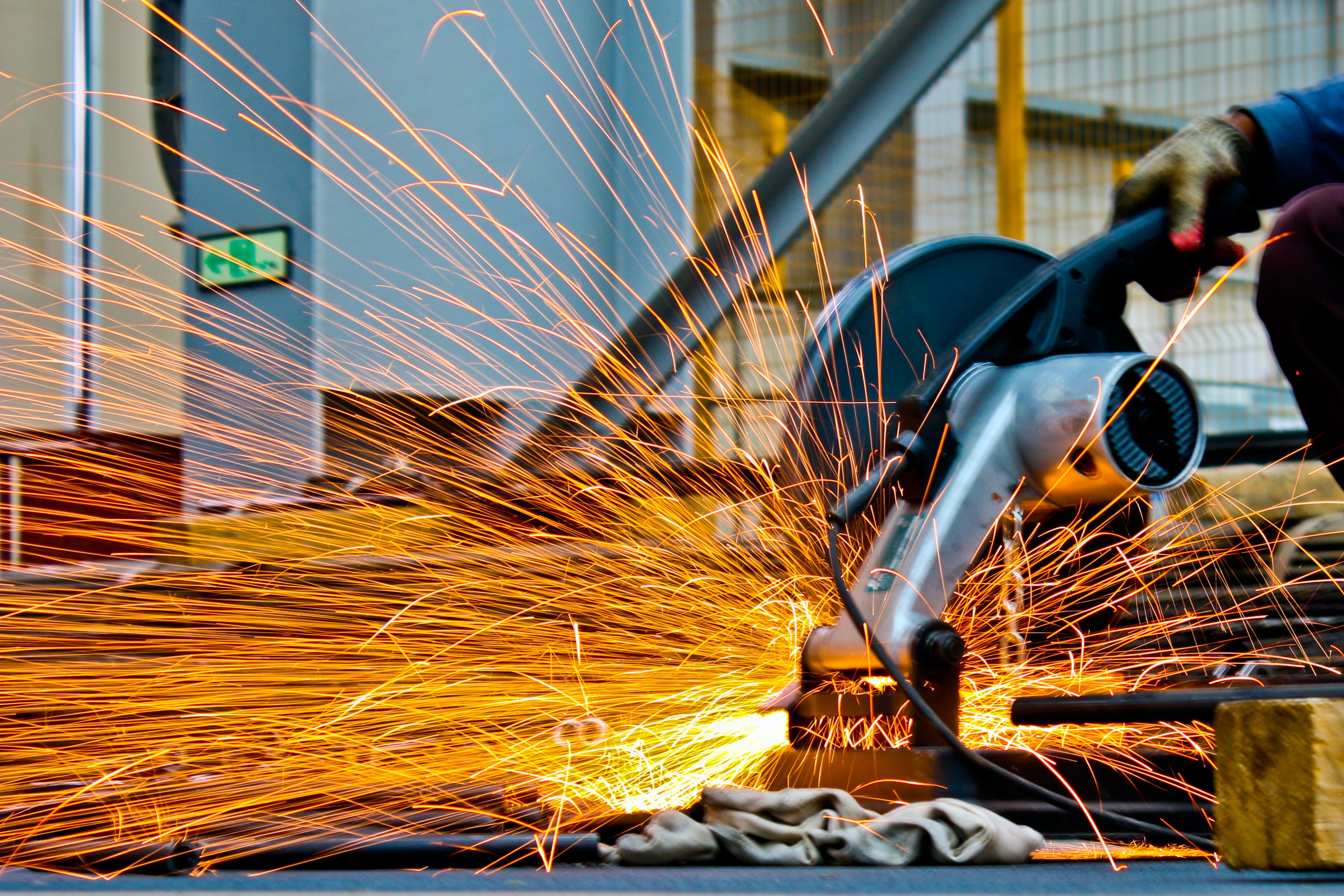In the Ceramic Tile Processing Industry, diamond tools have become the standard equipment due to their exceptional wear resistance and efficient grinding capabilities. This comprehensive guide explores various types of diamond tools, their applications, and selection criteria to help you find the optimal solution for your processing needs.
Core Advantages of Diamond Tools in Ceramic Processing
As the hardest natural material, diamond tools demonstrate unparalleled advantages in ceramic tile processing:
- Superior Wear Resistance: Outlasting conventional tools significantly, reducing replacement frequency and operational costs
- High Grinding Efficiency: Rapid material removal with low grinding temperatures prevents thermal damage to tiles
- Excellent Processing Precision: Specially designed diamond tools create straight, smooth tile edges meeting premium export standards
- Versatility: Suitable for complete processing from rough grinding to fine polishing
Dry vs. Wet Grinding Systems: Selection Guide
Dry Grinding Wheel System
The dry grinding process has gained popularity for its efficiency and environmental benefits:
- Water-Free Operation: Eliminates wastewater treatment requirements, complying with modern environmental standards
- Real-Time Visibility: Immediate observation of processing effects allows timely adjustments
- Durable Finish: Pure physical polishing delivers longer-lasting surface gloss
- Cost Efficiency: Saves time and energy by eliminating drying processes
Main dry grinding wheel types:
- Metal-Bond Diamond Wheels: Ideal for high-intensity grinding and mass production
- Resin-Bond Diamond Wheels: Designed specifically for fine edge finishing and surface treatment
Wet Grinding Tool System
Wet grinding remains preferred for precision applications due to:
- Ultra-Fine Grinding: Liquid medium enables finer, more uniform particle distribution
- Superior Heat Control: Effectively reduces friction heat, protecting heat-sensitive materials
- Dust Elimination: Completely avoids dust issues present in dry grinding
- Process Integration: Particularly suitable for workflows requiring subsequent wet processing
Common wet grinding tools include:
- Front/rear grinding metal diamond wheels
- Diamond calibration rollers
- Flexible diamond tools (especially for curved surfaces)
Metal-Bond vs. Resin-Bond Tools: In-Depth Comparison
| Characteristic | Metal-Bond Diamond Tools | Resin-Bond Diamond Tools |
| Bond Strength | High | Medium |
| Wear Resistance | Excellent, long lifespan | Moderate, frequent replacement needed |
| Grinding Behavior | Heavy-duty rough grinding | Fine grinding/polishing |
| Surface Finish | Relatively coarse | Extremely smooth |
| Thermal Stability | Excellent heat resistance | Prone to aging at high temperatures |
| Applications | Initial processing/mass production | Precision finishing/high-gloss requirements |
| Cost | Higher | More economical |
Metal-bond tools dominate large-scale production with exceptional durability, while resin-bond products excel in high-end markets with superior surface quality.
How to Select the Right Diamond Tools
Consider these key factors when choosing diamond tools:
Tile Type:
- High-hardness tiles require more wear-resistant metal-bond tools
- Glazed tiles suit resin-bond tools to prevent surface damage
Processing Stage:
- Rough processing: Metal-bond dry wheels or powerful wet tools
- Fine finishing: Resin-bond or flexible diamond tools
Production Environment:
- Water-scarce regions should prioritize dry systems
- Precision environments may configure wet equipment
Budget Considerations:
- Long-term mass production benefits from high-quality metal tools
- Small-batch diversified production can use resin tools flexibly
Technology Trends:
Stay updated on advancements like nano-diamond coating technology and intelligent grinding systems.
Conclusion
As core tools in ceramic tile processing, diamond tools directly impact product quality and production efficiency. Understanding the crucial differences between metal-bond durability, resin-bond precision, and dry/wet process characteristics will guide informed purchasing decisions. With technological progress, diamond tools continue advancing the ceramic processing industry toward greater efficiency and precision.
